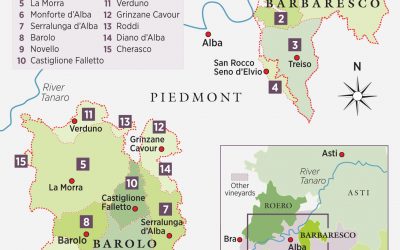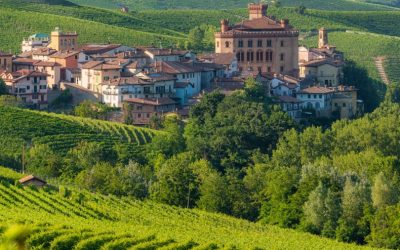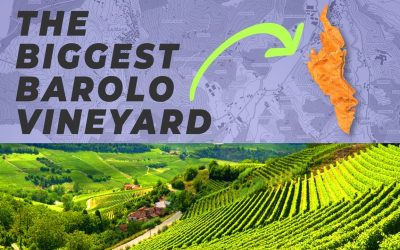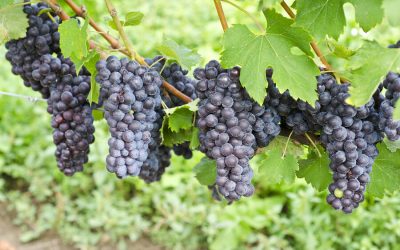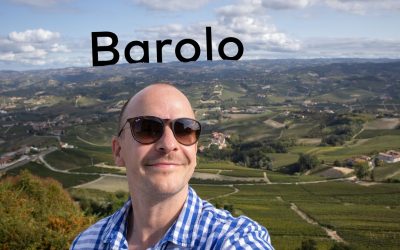What are the 5 villages of Barolo?
Barolo, known as the “King of Wines and the Wine of Kings,” hails from the mist-covered hills of Piedmont in northern Italy. This region, nurtured by a confluence of climate, soil, and dedicated human hands, gives birth to wines that are as varied as they are representative of the area. Five principal communes – Barolo, La Morra, Castiglione Falletto, Serralunga d’Alba, and Monforte d’Alba – stand out for their distinctive contribution to the world of wine.
What are the 5 villages of Barolo?
- Barolo
- La Morra
- Castiglione Falletto
- Serralunga d’Alba
- Monforte d’Alba
These are administrative divisions within the Barolo region in the Langhe area of Piedmont, Italy. In the context of winemaking, these villages signify more than just geographical locations. They have specific microclimates and soil types that influence the character of the wines produced there, leading to subtle differences in taste, aroma, and texture.
For instance, Barolo wines from the commune of Barolo are generally light in color but strong in tannins and acidity, with intense floral and red fruit aromas. La Morra, on the other hand, is known for less tannic wines that are more elegant and perfumed, often maturing earlier than other Barolos.
So, when discussing the “villages of Barolo”, it refers not only to the specific areas within the region but also to the distinctive styles of wine associated with each of these areas. This is one of the reasons why Barolo is so celebrated – its diversity offers wine enthusiasts a range of expressions to explore and enjoy.
Distinctive Characteristics of Barolo Wines
Barolo wines reflect the unique terroir they spring from. Wines from the commune of Barolo offer light hues, strong tannins, and a floral bouquet redolent with red fruit aromas. Contrastingly, La Morra yields Barolos that are less tannic, elegant, perfumed, and often mature earlier than their regional counterparts.
The Confluence of Tradition and Modernity
The charm of Barolo is not merely in its variations but also in the balance between tradition and innovation. As winemaking techniques evolve, so does the character of Barolo, embodying the best of both worlds – the depth of tradition and the freshness of modernity.
Singular Appeal of Barolo Wines
Whether it’s the robust and full-bodied wines of Serralunga d’Alba or the powerful and equally intense offerings of Monforte d’Alba, each commune’s Barolo has a singular appeal. These communes, with their specific microclimates and soil types, give wine lovers a spectrum of experiences, making each sip a new discovery.
Conclusion
In the end, Barolo isn’t just a wine; it’s a reflection of a region steeped in history and blessed by nature’s bounty. The five main villages of Barolo contribute to creating a symphony of flavors that continue to seduce and delight wine aficionados around the globe.
